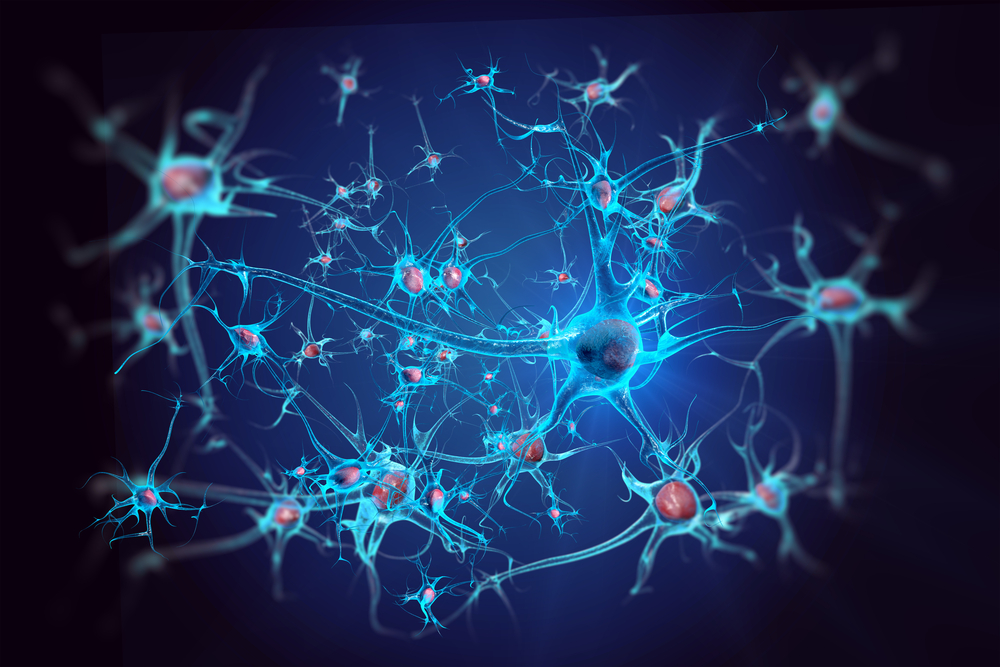Researchers Develop Smartphone-connected Device to Treat MS, Brain Disorders Remotely

Researchers at the Ural Federal University (UrFU) in Russia have developed a neuro-electrostimulation system that has the potential to treat different types of brain disorders, including multiple sclerosis (MS). The system allows physicians to treat patients by remotely controlling the delivered electric pulse through a smartphone or tablet.
Details about the neuro-rehabilitating technology were published in the journal Mobile Information Systems in an article titled “Mobile Hardware-Information System for Neuro-Electrostimulation.”
The idea behind neuro-rehabilitation devices is based on the brain’s neuroplasticity and ability to repair or replace damaged neurons. The system delivers low-frequency electrostimulation to clusters of nerve cells in the autonomic nervous system, which controls internal organ functions. This stimulates the release of neurotransmitters (the signaling chemicals of the nervous system) and the formation of new neuronal networks.
Previous clinical tests with the system showed effective treatment of several brain-related conditions, including MS.
“Clinical trials of the system created by UrFU scientists in Ekaterinburg and Moscow confirmed its effectiveness (which is higher compared to other treatment modes) in rehabilitation of patients suffering from the consequences of strokes, brain injuries, brain damage as a result of toxic or alcohol poisonings, neuro-infections, atrophic diseases of the brain such as Alzheimer’s, Parkinson’s, Pick’s, Huntington’s diseases,” Timur Petrenko, associate professor at the Ural State Medical University’s department of psychiatry, said in a university press release.
The system consists of two representative blocks. The first block is a hardware containing two electrodes that deliver low-frequency current pulses to the relevant areas of the brain (neuro-electrostimulation) through the patient’s neck. The second block is an interphase software for smartphones or tablets from which physicians can remotely control intensity, duration, and frequency of the pulses.
The two blocks communicate through Bluetooth, allowing physicians to track up to 10 patients simultaneously, and to assess data during rest and exercise.
“Biomedical signals received via Bluetooth from the device are processed using the algorithms developed by us,” said Anton Dolganov, one of the leading authors of the study. “Artificial intelligence recognizes certain patterns, and the doctor receives clear, consistent information: whether the patient is healthy or sick, and if they are sick, what the dynamics [are] compared with previous indicators.”
Medical institutions can store collected patient information in internal servers, making the data available for the physician while ensuring patient confidentiality.
Michael Babich, one of the developers of the neuro-electrostimulation device, emphasized that the system is “convenient in that it allows a patient to go through rehabilitation in the comfort of their own home. A doctor, on the other hand, is able to control the system remotely, in real-time.”
Furthermore, the system is “compact, mobile, easy to operate, has small weight and considerable duration of autonomous operation – minimum of 24 hours,” Babich said, adding that “unlike pharmacological therapy, this method is “targeted,” which assumes no negative side effects on the entire body.”
The team is searching for further collaborations to market the technology.






